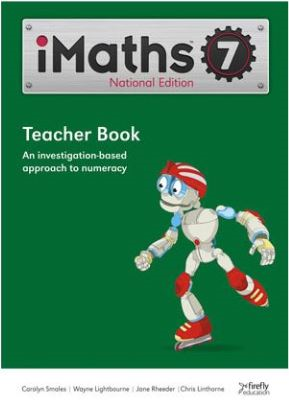
For example, the curriculum aims to make sure students develop an: Literate practices are embedded in the aims of the Victorian Curriculum: Science. Literacy in the Victorian curriculum: Science How do you support students to read in science? How do you ensure diverse learners are able to meet the complex demands of reading in science?.What are the range of texts students write in your classroom? How do you support your students to write these texts?.They also outline the various genres students encounter in the Science classroom. In this video, Prof Jan van Driel and Dr Victoria Millar discuss the importance of teaching literacy in Science. Teaching students how multimodal elements of a text work together to create meaning will help them to develop and communicate their scientific understanding.


Scientific texts are also typically multimodal, containing written language, diagrams and images. The common genres students will read and write in Science include: Explicitly teaching students about the textual features of the various genres they will encounter in Science should help to improve students’ reading and writing. Scientific texts are also complex as they are comprised of multiple genres. Students must be able to read and write texts that are often dense, technical and abstract (Fang, 2005). These skills not only support students’ ability to navigate the scientific method, but also help students to clarify, extend and communicate their developing knowledge of scientific content.Ĭommunication and writing in Science is highly specialised.
Investigating science and technology 7 teacher edition how to#
Knowing how to read and write scientific texts and diagrams, for example, facilitates students’ understanding of complex scientific knowledge and processes. Literacy strategies allow students to develop their understanding of science and to do and communicate science (Yore et al., 2003). Put another way, improving students’ literacy in Science will help them to better develop their scientific understanding and scientific inquiry skills, which increases their scientific literacy. an individual’s understanding of scientific concepts, phenomena and processes, and their ability to apply this knowledge to new and, at times, non-scientific situations (PISA, 2018).įor students to develop scientific literacy, they must first engage in literate practices to develop their understanding of scientific concepts.relates to the reading, viewing, writing, speaking and listening practices that students use to access, understand and communicate scientific knowledge.


The information and resources address the reading and viewing, writing, and speaking and listening modes across the Science curriculum. This section is focused on literacy in Science.


 0 kommentar(er)
0 kommentar(er)
